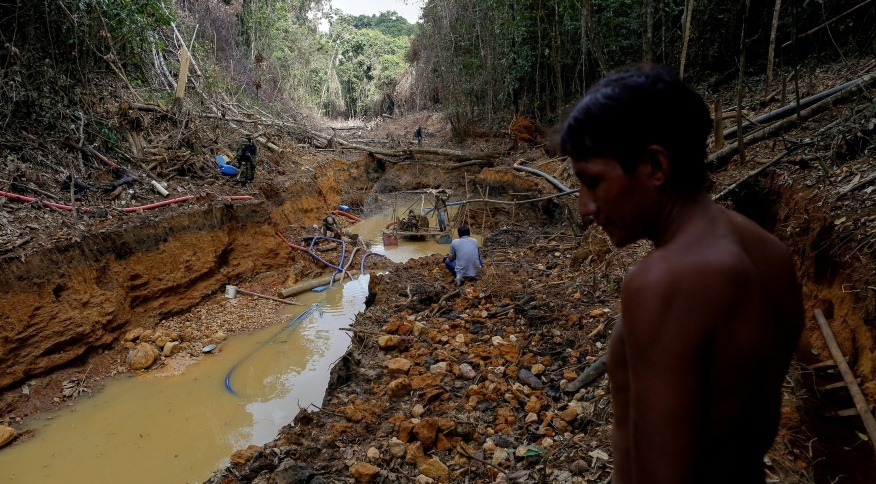The humanitarian crisis faced by the Yanomami has received widespread attention recently, thanks to the denunciations made by their leaders about the invasions and crimes committed by illegal miners in the region.
Although the Yanomami have already gone through crises, especially with the intensification of contact with non-indigenous people and the first major wave of miners in the 1970s and 1980s, health professionals and indigenous leaders say that the situation has never been so serious.
Yanomami crisis
The Yanomami are an indigenous tribe in the Amazon with approximately 35,000 indigenous people, living in approximately 250 villages in the Amazon rainforest, on the border between Venezuela and Brazil. They are known for their rich culture and traditions, including shamanic ceremonies, agriculture, and the use of medicinal plants.

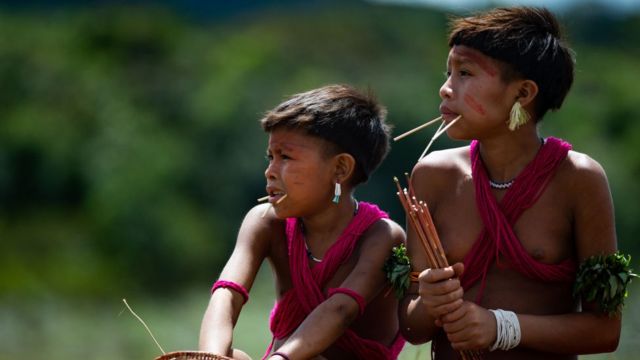


Currently, the Yanomami population is threatened by miners who have invaded their region in search of gold. It is estimated that about 20 thousand people are involved in this illegal activity.
In 2020, illegal mining advanced by 30% in Yanomami Lands, which increased violence and territorial disputes, with weapons, murders, and village fires. On April 25 of the same year, a serious allegation of rape and death of a 12-year-old Yanomami girl by miners provoked a wave of national solidarity.
Parallel to the invasion of the miners, the Yanomami population has faced a persistent problem of child malnutrition for decades. A study carried out by the United Nations Children's Fund (UNICEF) in collaboration with Fiocruz, released in May 2020, pointed out that 80% of children under 5 years old, in the regions of Auaris and Maturacá, suffer from chronic malnutrition. In addition, according to the Ministry of Health's "Yanomami Mission" report, the infant mortality rate among Yanomami babies under 1 year old reached 114.3 per thousand births in 2020. The data show that the rate is higher than that recorded in Sierra Leone (Africa), the country with the highest infant mortality rate in the world, according to the UN.



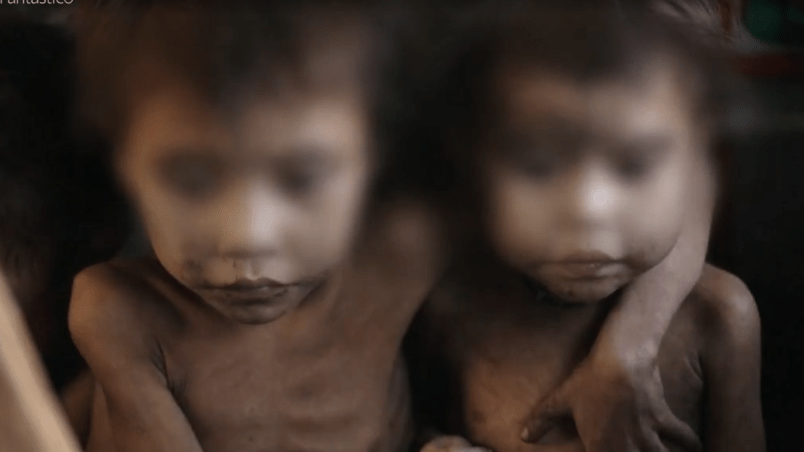
The health crisis has already killed 570 children from 2019 to 2022, 29% more than in the previous four years. Many children and adults are already showing symptoms of mercury poisoning.
A study carried out by the Oswaldo Cruz Foundation (Fiocruz), in 2019, in the Yanomami indigenous population, found the presence of mercury in 56% of women and children in the Maturacá region, located in the state of Amazonas. Sometimes contamination passes from mother to child.
The transmission of diseases has been devastating for the indigenous population. The lack of access to adequate health care and malnutrition are directly linked to illegal mining, as the processing of ore using mercury contaminates the population and rivers, killing animals that are a source of food for the indigenous people, in addition to the presence of miners increasing the transmission of COVID-19 and other diseases.
According to the President of the Yanomami and Yek'wana Indigenous Health District Council, criminals have taken control of health centers and airstrips, preventing the arrival of health professionals who need to travel by plane to attend to the population scattered throughout isolated villages in the forest.
Another recurring fact involves the exploitation of the Yanomami by criminal groups who bring weapons and engage in violent conflicts, resulting in a series of human rights violations, including forced labor, sexual abuse, and even murder.
The original peoples of Brazil have several rights guaranteed by the 1988 constitution. Some of their rights are: the right to land, the right to difference, the right to health, the right to education, the right to equality, the right to procedural rights, and the right to protection. However, these rights have not been respected in recent years.
Government Actions
On January 30, 2023, the Federal Government announced measures to combat illegal mining on Yanomami lands. Among the priorities are nutritional and health assistance, safety for health teams, access to drinking water and the measurement of mercury contamination. The Brazilian State has granted powers to the Armed Forces, the Ministry of Defense and the Ministry of Health to take the necessary measures to end illegal mining.
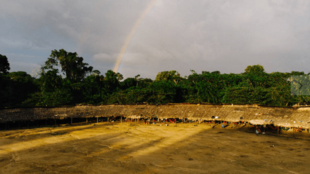
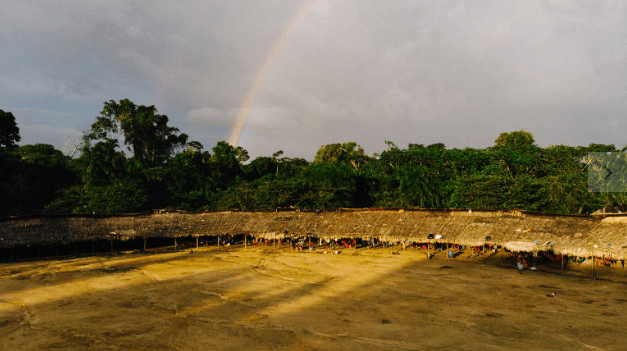


The Federal Public Prosecutor's Office and the Federal Government have initiated a series of investigations into a complaint that 30 Yanomami girls became pregnant by miners in Yanomami Lands. The information was provided by the Minister of Human Rights and Citizenship, Silvio Almeida.
The Brazilian Air Force (FAB) took action and took measures to control the airspace in the Yanomami Indigenous Land and remove illegal miners from the territory, which led to a mobilization of the invaders.


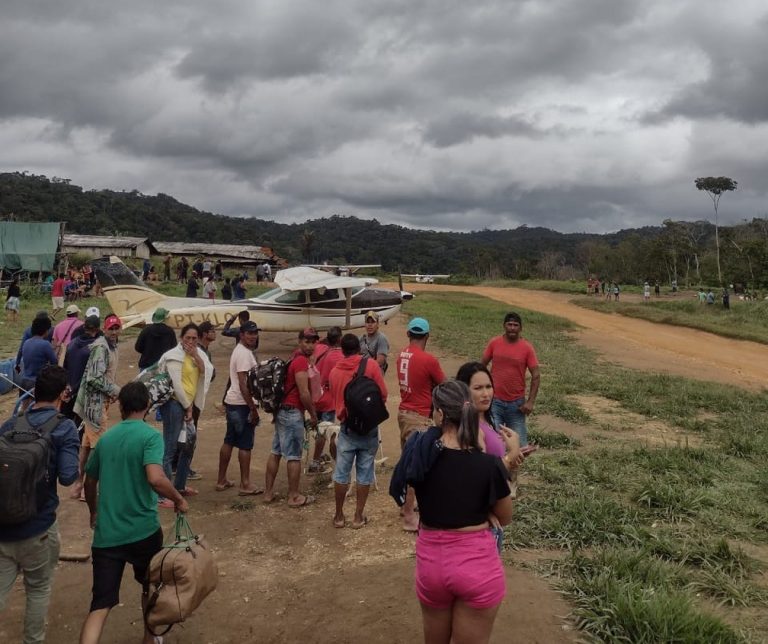

Some miners are trying to flee to Venezuela or Guyana, and face high prices for clandestine helicopter flights. The Auaris region, close to the border, is one of the hardest hit by the health crisis, including severe cases of malaria and malnutrition.
What are the differences between prospecting and mining?
Mining is a form of extraction of mineral wealth that usually involves low investment, simple equipment and limited technology. Although it is authorized by the Federal Constitution of Brazil, there is great concern about the high number of illegal mines, which do not follow the rules established by Brazilian legislation.

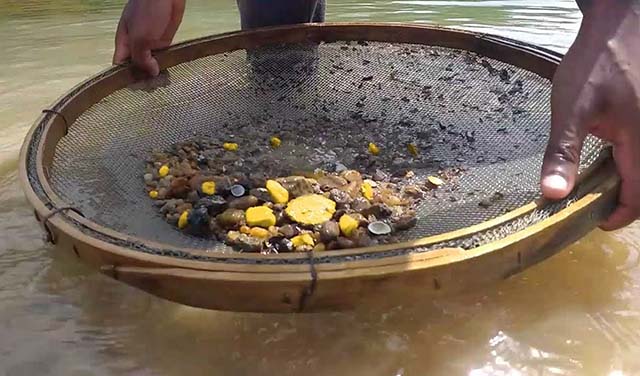


Mining is another economic activity that also involves the extraction of mineral resources, but it has significant differences from mining. The main differences are:
- Scale: Mining is a large-scale activity, usually carried out by medium/large companies with a lot of resources and technology. Mining, on the other hand, is an informal activity usually carried out by small groups of people or cooperatives with limited resources.
- Extraction methods: Mining typically utilizes advanced techniques and sophisticated technology, such as drilling and ore processing. However, modern mining goes far beyond the romantic image of the prospector who, with his pan, searches for gold nuggets on the banks of a river. In reality, mining activity, especially in the Amazon, is increasingly sophisticated and complex, with a well-defined organizational structure and significant investments in machinery.
- Environmental impact: Large-scale mining can have a significant impact on the environment. However, the legislation imposes several actions to mitigate the impacts of resource exploitation, such as geological monitoring, monitoring of water, noise, air quality, in addition to several other actions to minimize the environmental impact. Mining also has a significant environmental impact on the environment, but as long as it is carried out respecting the miner's statute and Decree-Law No. 227, the impacts can be diminished. However, if mining is carried out illegally, the damage is extreme, both for local communities and for fauna and flora.
Illegal mining
Mining in demarcated indigenous lands is, in principle, an illegal activity. Therefore, it has legal implications, because according to the Brazilian Environmental Law, the illegal extraction of mineral resources is typified as a crime in Law No. 9605/98:
"Article 55. Carrying out mining research or extraction of mineral resources without the competent authorization, permission, concession or license, or in disagreement with the one obtained, with a penalty of detention, from six months to one year, and a fine."


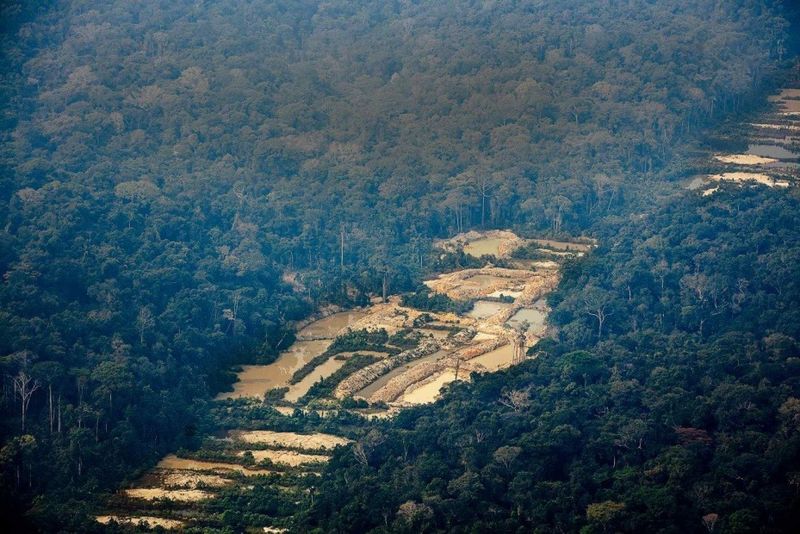
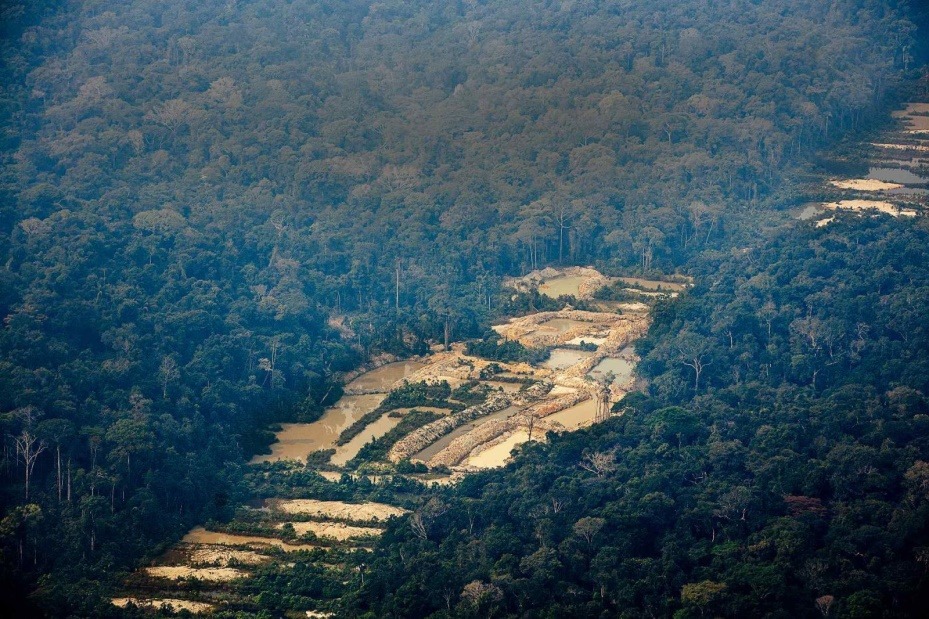
Irregular mining is also provided for as a crime of usurpation of public property provided for in article 2 of Law No. 8,176/91.
"Article 2. It is a crime against property, in the form of usurpation, to produce goods or exploit raw materials belonging to the Federal Government, without legal authorization or in disagreement with the obligations imposed by the authorizing title."
Illegal mining is often operated by highly organized criminal organizations, with coordination, hierarchy, and many investments. The miners who work in these activities receive only a small percentage of the extracted amount, while the criminal organization receives most of the profit. In addition, illicit activities are not limited to illegal mining itself. Many of these organizations are also involved in other illegal activities, such as drug trafficking, illegal deforestation, slave labor, and murders.
Surveillance
In Brazil, both the permission of mining and inspection are attributions of the National Mining Agency (ANM). However, the ANM carries out joint operations with the Brazilian Institute of the Environment and Renewable Natural Resources (IBAMA), the Chico Mendes Institute and the Federal Police. The agencies cite the large Brazilian territorial extension as one of the obstacles and challenges for effective inspection.
As in all areas, the absence of inspection in the mines can lead to several crimes, including:
- Invasion of public or private lands without authorization;
- Illegal exploitation of mineral resources;
- Destruction of protected areas;
- Slave labor and/or unhealthy working conditions;
- Disrespect for safety standards at work;
- Illegal trade in minerals;
- Tax evasion;
- Money laundering;
- Threats and violence against workers, local residents and authorities;
The inspection of the mines is essential to ensure that the activities are carried out in accordance with the statute of the miner and the environmental and labor legislation, avoiding damage to the environment and ensuring that the workers continue to carry out their activities in adequate and safe conditions.
Who finances illegal mining?
While it is difficult to pinpoint exactly who sponsors these operations, there are some common sources of funding that include individual investors, criminal groups, mineral traders, and political groups.
Individual investors may be attracted to illegal mining due to the quick profit, despite the risks involved. Criminal groups may also view illegal mining as an opportunity for easy profit, controlling or financing illegal mineral extraction operations to sell the minerals on the underground market. Some mineral traders finance illegal mining to obtain minerals at low cost and increase their profit margins.
It is worth mentioning that not all mining is a crime, and not all miners are criminals. In fact, like mining, mining activity is of paramount importance for the country's economy, as long as it is done correctly and does not exceed mineral and environmental laws. It is unacceptable, therefore, that mining activity crosses legal limits, infringing on the protection of indigenous lands and attacking the rights and culture of native peoples.
Bibliographic sources:
Yanomami people. Socioenvironmental Institute. Available at: https://pib.socioambiental.org/pt/Povo:Yanomami.
Making Mercury History in the Artisanal and Small-Scale Gold Mining Sector. The Global Environment Facility. Available at: https://www.thegef.org/news/making-mercury-history-artisanal-small-scale-gold-mining-sector.
The federal government says it is investigating a complaint of 30 pregnant teenagers from miners in Yanomami territory. G1 Globo. Available at: https://g1.globo.com/rr/roraima/noticia/2023/02/03/governo-federal-diz-que-apura-denuncia-de-30-adolescentes-gravidas-de-garimpeiros-em-territorio-yanomami.ghtml.
Yanomami denounce murders of indigenous people by miners. Estadão. Available at: https://www.estadao.com.br/brasil/yanomamis-denunciam-assassinatos-de-indigenas-por-garimpeiros/.
Flavia Pinto: illegal mining is an agenda between fiction and reality. Conjur. Available at: https://www.conjur.com.br/2021-mai-27/flavia-pinto-garimpo-ilegal-pauta-ficcao-realidade.
Illegal mining: what is the Brazilian situation. Politize.com. Available at: https://www.politize.com.br/garimpo-ilegal.
Law No. 11,685, of June 2, 2008. Plateau. Available at: http://www.planalto.gov.br/ccivil_03/_ato2007-2010/2008/lei/l11685.html.
There is a lack of a modern and sustainable law for mining in Brazil. Eco Environmental Law Observatory. Available at: https://observatorioeco.jusbrasil.com.br/noticias/100306408/falta-uma-lei-moderna-e-sustentavel-para-ogarimpo-no-brasil.
Mercury is a toxic metal used in mining. BBC. Available at:
G1. "With closed airspace, miners cannot get clandestine flights to leave Yanomami land." Available at: https://g1.globo.com/rr/roraima/noticia/2023/02/05/com-espaco-aereo-fechado-garimpeiros-nao-conseguem-voos-clandestinos-para-sair-da-terra-yanomami.ghtml.
Repórter Brasil. "Who is behind the lobby for illegal gold mining on Munduruku lands?" Available at: https://reporterbrasil.org.br/2021/07/quem-esta-por-tras-do-lobby-pelo-garimpo-ilegal-de-ouro-nas-terras-dos-munduruku/.
G1. "Ministry of Defense and Federal Police talk about operation to remove miners from Yanomami Land". Available at: https://g1.globo.com/rr/roraima/noticia/2023/02/08/ministerio-da-defesa-e-policia-federal-falam-sobre-operacao-para-retirar-garimpeiros-da-terra-yanomami.ghtml.
Madeiro, Carlos. “Mortalidade infantil Yanomami é maior do mundo”. Notícias UOL. Disponível em: https://noticias.uol.com.br/colunas/carlos-madeiro/2023/02/09/mortalidade-infantil-yanomami-maior-do-mundo.htm.
